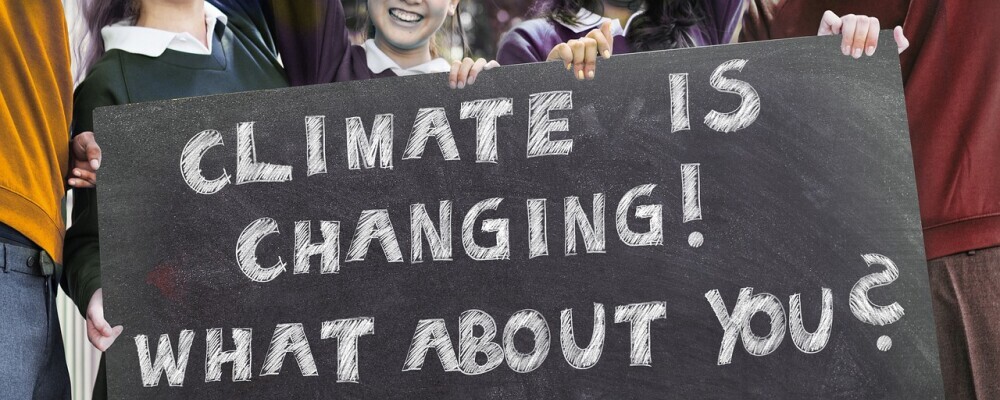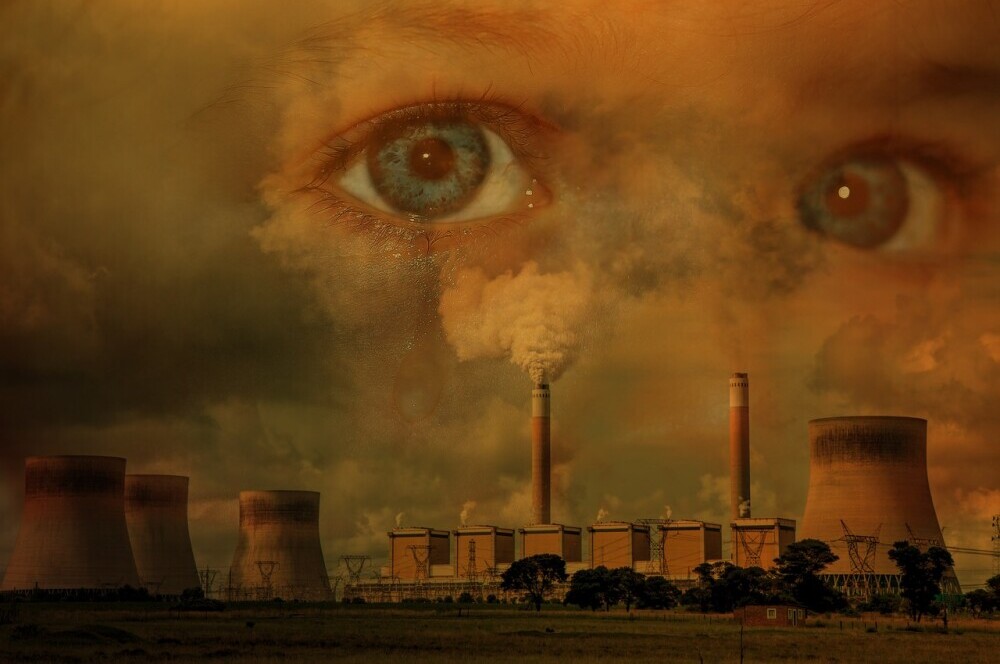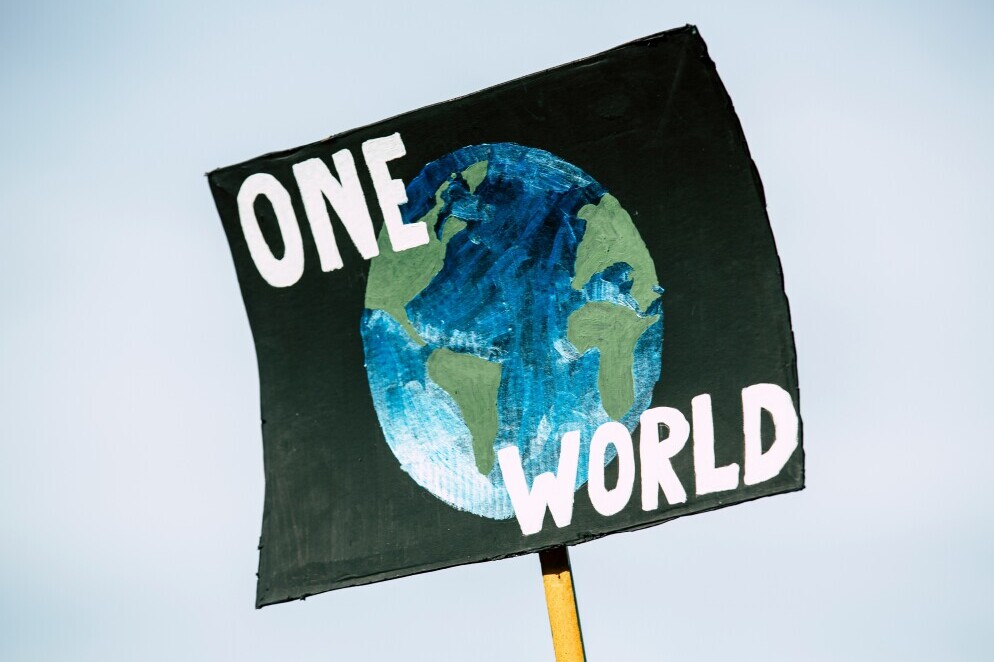 Climate change isn’t just melting glaciers or raising the tides; it’s a storm changing how many parents view raising kids. In today’s world, parenting involves preparing young ones for a planet that’s hotter, wilder, and less predictable than the one previous generations knew.
Climate change isn’t just melting glaciers or raising the tides; it’s a storm changing how many parents view raising kids. In today’s world, parenting involves preparing young ones for a planet that’s hotter, wilder, and less predictable than the one previous generations knew.
Parents are now juggling traditional parental duties with the newfound responsibility of climate education. It’s like adding another subject to the never-ending school of life that kids need to learn. How do we talk to kids about reducing their carbon footprint or why it’s worth biking to school instead of hopping in the car? These are head-scratchers that more and more parents face.
The World Economic Forum paints a chilling picture of the future. By 2050, climate change could mean 14.5 million more deaths and a whopping $12.5 trillion in losses worldwide. As adults trying to make sense of these figures, imagine the challenge of explaining this to a curious 8-year-old.
But it’s not all doom and gloom, and there’s no need to wallow in despair. Parents are natural protectors and teachers. Parents can foster hope and resilience by turning homes into eco-friendly sanctuaries and showing kids the magic of recycling or planting trees. It’s about leading by example and showing that small actions can ripple into big changes.
The role of parenting has expanded, and while it’s daunting, there’s power in knowledge and community. Forming park clean-up teams, joining neighborhood eco-groups, or just starting veggie gardens can be meaningful ways to combat this crisis. And hey, when families unite, there’s a lot that they can achieve.
The Impacts of Climate Change on Children’s Health and Development
 Climate change doesn’t just impact polar bears or rainforests—it hits our kids right where it hurts. With their developing bodies and restless curiosity, children are particularly vulnerable to the whims of an unstable climate. The effects aren’t confined to far-off disasters; they unfold in backyards and schoolyards worldwide.
Climate change doesn’t just impact polar bears or rainforests—it hits our kids right where it hurts. With their developing bodies and restless curiosity, children are particularly vulnerable to the whims of an unstable climate. The effects aren’t confined to far-off disasters; they unfold in backyards and schoolyards worldwide.
According to UNICEF, youngsters face increased risks as the planet heats up. Heatwaves and extreme temperatures can wreak havoc on kids’ health, affecting everything from their ability to play outside safely to their long-term growth and well-being.
Imagine keeping little ones safe during blistering hot days that seem never-ending while letting them be kids. It’s a balancing act requiring serious attention. It involves more than just cranking up the air conditioning—it’s about finding sustainable ways to keep our environments livable and safe for them.
What can be done? Parents find themselves not only as carers but also as part-time climate strategists. Teaching children to stay hydrated, investing in energy-efficient cooling, or planting shade-giving trees becomes a daily routine.
When talking about policy, focusing on child-centric climate solutions becomes urgent. Advocating for cooler parks, efficient school buildings, and child-friendly urban planning is crucial. Parents, caregivers, and communities must push for policies that shield the youngest and most vulnerable from the harshest climate impacts.
By staying informed and engaged, parents can help shift the narrative from impending crisis to proactive adaptation, ensuring our children survive and thrive amidst climate challenges.
Parenting in a Climate-Conscious World
 Teaching and raising eco-aware kids is quickly becoming a top priority in modern parenting. It’s about blending fundamental family values with a deep understanding of environmental responsibility. It’s about teaching the three Rs—reduce, reuse, recycle—and building a sustainable lifestyle.
Teaching and raising eco-aware kids is quickly becoming a top priority in modern parenting. It’s about blending fundamental family values with a deep understanding of environmental responsibility. It’s about teaching the three Rs—reduce, reuse, recycle—and building a sustainable lifestyle.
Eco-awareness can start young. Imagine turning family walks into lessons about local flora and fauna or making a day of picking up litter at the beach. These small moments can spark bigger conversations about the role each of us plays in preserving the planet.
There’s plenty of room for creativity. Switching up bedtime stories with tales of environmental heroes or organizing weekend projects like building birdhouses from recycled materials can inspire curiosity and kindness towards the Earth.
Balancing education with everyday actions means parents often become both teachers and activators. Parents can encourage sustainable habits by highlighting actions like conserving water during daily routines or setting up a compost bin in the backyard.
Using cases from families who’ve adopted greener lifestyles helps provide tangible examples. Whether growing veggies in the backyard or biking instead of driving, practical actions and discussions can foster an eco-friendly mindset.
Parents also play a big role in encouraging kids to have their say in climate matters. Whether attending local meetings to support greener community projects or writing letters to local leaders about their concerns, kids can participate in this wave of change. By teaching by doing, parents show that their choices echo far beyond their homes.
Economic Pressures on Families Due to Climate Change
Climate change is not only about nature’s fury; it also hits the wallet hard. As global temperatures soar, so do the financial concerns for many families trying to thrive in an uncertain world. According to the World Economic Forum, the anticipated economic losses by 2050 are alarming, with a hefty $12.5 trillion on the line.
Families today face higher energy bills, rising food prices, and sometimes unexpected costs from dealing with climate-fueled disasters. It’s like having an unwanted subscription to a service you never signed up for. Balancing these costs with everyday family expenses can be a nightmare.
Amidst these challenges, parents are adapting in inventive ways. Many are turning to sustainable practices that save money in the long run. Think about energy-efficient appliances or growing your veggies. These aren’t just eco-friendly choices; they’re economic lifelines.
Tapping into community networks can also be a blessing. Swapping goods, engaging in local produce exchanges, or participating in community-supported agriculture helps share the financial burden. It’s amazing how communities pull together when they recognize collective challenges.
Governments and organizations are crucial in supporting families through policies that provide financial relief and incentives for sustainable choices. These can make a real difference, from tax breaks on green purchases to subsidies for low-energy housing.
It’s not just about tightening belts. It’s about harnessing innovation, community spirit, and policy support to navigate the economic obstacles climate change poses. With the right tools and collective efforts, families can more effectively weather this storm.
Shaping Policies for a Child-Centric Approach
 Policies focusing on children’s needs are more than nice-to-haves; they’re essentials for a future-ready to face climate challenges head-on. Kids are the key players in tomorrow’s world, so it’s time to put their needs at the forefront of our climate agenda.
Policies focusing on children’s needs are more than nice-to-haves; they’re essentials for a future-ready to face climate challenges head-on. Kids are the key players in tomorrow’s world, so it’s time to put their needs at the forefront of our climate agenda.
Ensuring safety in schools, parks, and neighborhoods under shifting climate conditions is paramount. Tapping into the power of local voices offers practical solutions. Parents, local authorities, and schools must form partnerships prioritizing children’s safety in urban and rural planning.
Crowdsourcing ideas can be a dynamic way to gather fresh perspectives and innovative ideas. Platforms that allow parents, kids, and community leaders to propose and vote on initiatives can lead to remarkable policy developments. A digital collective effort ensures that the voices of those affected can influence the decisions that directly impact them.
The World Economic Forum and other global entities increasingly acknowledge climate change’s effects on kids. By integrating child-centric policies in international forums, leaders can craft frameworks that safeguard and prepare children for a climate-sound future.
Individuals and communities should press for policies that reduce carbon footprints at local and national levels. Advocacy for green, child-friendly spaces in urban designs and nature-based education foster environmental stewardship and resilience among the young.
Creating a child-centric policy landscape isn’t just a goal; it’s an urgent necessity that requires concerted effort from all sectors of society. From the household to international arenas, the focus must shift to proactive, inclusive approaches that ensure a just and sustainable world for the next generation.
